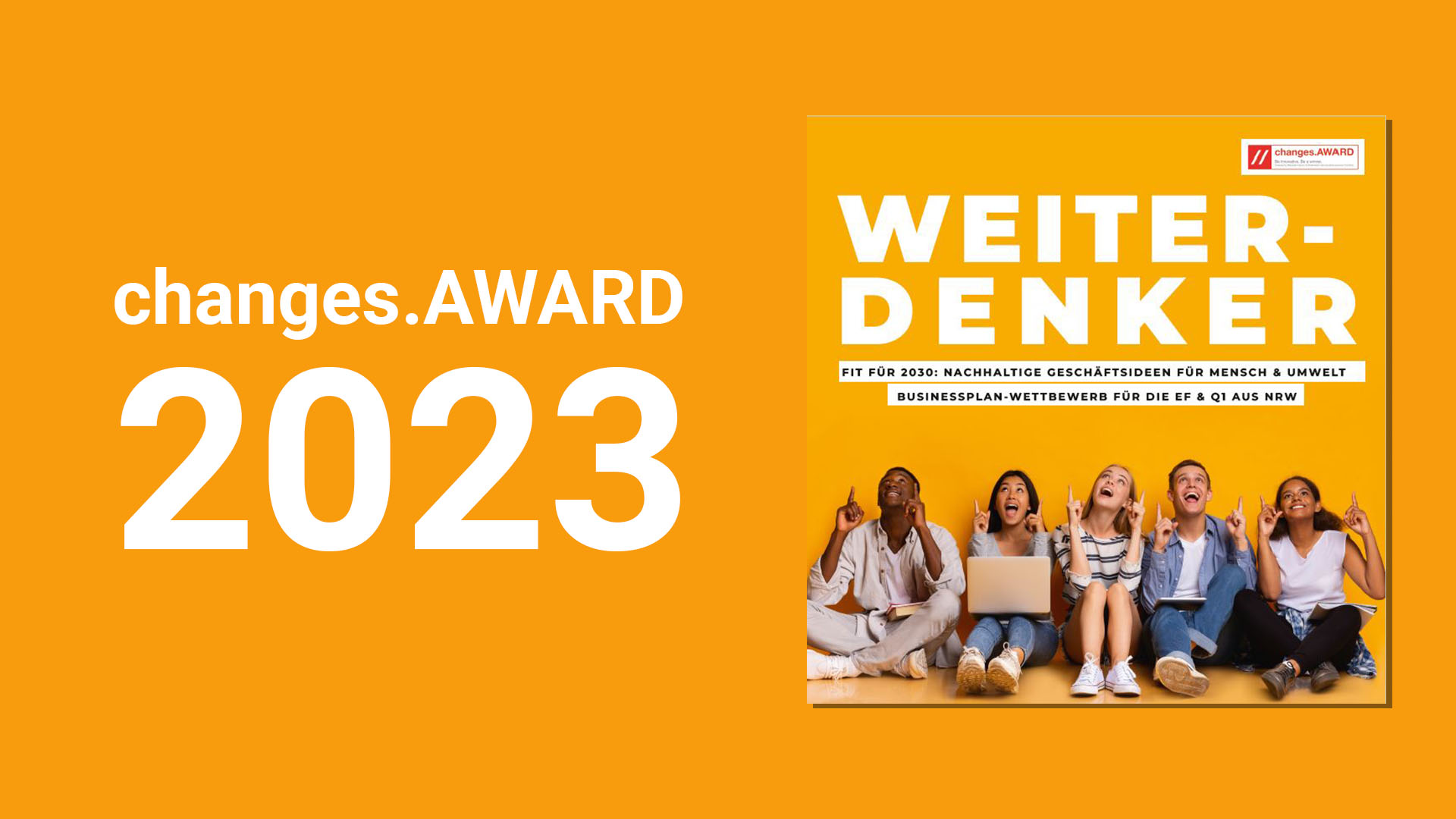Robots take samples from test tubes at incredible speed without making any errors. But how do they work?
What makes robots so precise?
Modern industrial robots usually consist of a robot arm (manipulator), an effector (the actual tool, e.g. a grasper or a cutter head) as well as the control unit or “brain”. They can quickly and reliably perform a variety of tasks. For example, robots assemble and test navigation systems, place things in containers during palletizing processes, or take samples from test tubes at incredible speed without making any errors. But how do they work? What makes robots so precise?
In robots, precision means repetitive accuracy of effector movement to the endpoint. The programming of the robot controls determines how the robot has to move around its axes, in order to get the TCP (Tool Centre Point) in the desired position. Programming isn’t the only aspect of precision because exactness also depends on the components used, the majority of which are made by Mitsubishi Electric, including servomotors, gears and the internal control sensors. Every millisecond they compare the current pre-set position with the actual TCP position, thereby making an important contribution to overall process precision. A camera further enhances precision because it precisely steers the robot and enables it to work accurately with various work pieces.
Mitsubishi Electric has come up with something else special for the RP-1ADH. It has a double arm for enhanced stability of effector steering. As a result it can achieve an impressive repetitive accuracy of 5 μm, which means one work step will only deviate from the previous one by a maximum of 0.005 mm. Since it is one of the most precise industrial robots in the world, the RP-1ADH is used, among other things, for positioning tiny clock mechanism components. It isn’t just precise, it’s also very fast: with a pick & place cycle of just 0.29 seconds it can pick up over 200 individual chocolates from the conveyer belt and put them in a box in the space of a minute, without getting tired!



